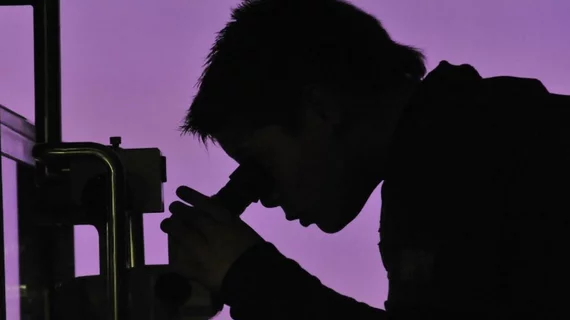Society of Interventional Radiology seeks to bolster research funding for the specialty
The Society of Interventional Radiology is taking steps to bolster research efforts in the field now and in the future.
During their annual meeting being held this week in Nashville, the society announced the launch of the SIR Foundation Endowment. The new funding stream will strategically collect and distribute donations to support education and research in interventional radiology, both of which are critical to the field’s continued growth.
“Research frequently struggles due to inconsistent financial support, creating significant gaps in critical areas,” said SIR Foundation Chair Maureen P. Kohi, MD, the Ernest H. Wood Distinguished Professor and chair of the Department of Radiology at the University of North Carolina at Chapel Hill. “The SIR Foundation is uniquely equipped to tackle this challenge, leveraging its expansive network of dedicated donors and researchers united in their commitment to advancing IR research.”
During SIR’s annual Gala on March 30, it was announced that the endowment had already received its first gift. The donation was given by Barry T. Katzen, MD, chief medical innovation officer of Baptist Health South Florida and founder and chief medical executive emeritus of Miami Cardiac and Vascular Institute, and his wife Judith S. Katzen.
Katzen signaled optimism for how the fund can help bring consistency to experts working in IR research.
“Changes in healthcare policy and the resulting funding fluctuations can have detrimental effects on long-term research we need to support the pioneering innovations that interventional radiology brings to healthcare. That is why Judith and I felt it was so important to invest in, and help launch, the SIR Foundation Endowment,” Katzen said.
The announcement comes in the wake of large-scale cuts to federal funding to organizations, such as the National Institutes of Health (NIH), that support research institutions and universities. Previously, the NIH indicated that up to 80% of its federal grants go toward funding medical research.
NIH is just one of numerous organizations that receive federal grants to fund research. Though it is difficult to estimate exactly how the recent budget cuts will impact research in radiology, Katzen suggested that creating additional avenues of funding can ensure that research initiatives can continue without pause.
“Long-term philanthropic investments, like the SIR Foundation Endowment, ensure that essential research projects can continue without interruption, despite external forces,” Katzen said.
Learn more about the SIR Foundation Endowment here.

